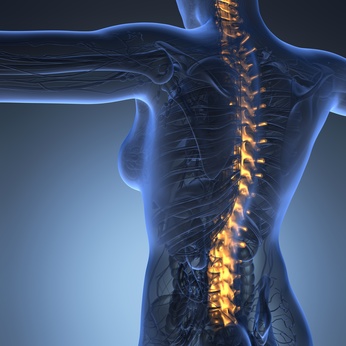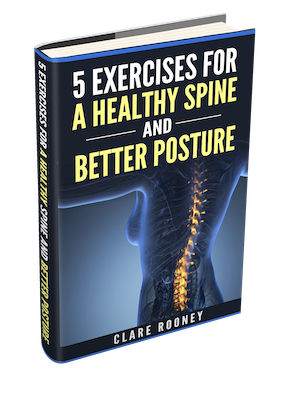Osteoporosis: The Silent Killer (Part 1)

The Dabbler, The Hacker and The Master
January 12, 2016
Osteoporosis: The Silent Killer (Part 2)
January 12, 2016
Osteoporosis is also known as brittle bone disease. People who have it have a lower bone density than desirable. Due to this low bone density persons afflicted are susceptible to fractures at the slightest impact.
Many people are aware of the importance of calcium in the bone building process however most people with osteoporosis are not in fact deficient in calcium. Osteoporosis is most common in females but its rates are rising also in males.
The process of building bone is a very complex one and like many systems in the body it’s a delicate balance of a two sided process; the bone building of the osteoblasts and the bone dissolving of the osteoclasts.
Key vitamins and minerals in the bone building process:
The body clearly requires calcium to build bones however many other nutrients work in concert to establish bone density.
These include:
- Vitamin D to help with calcium absorption. Worldwide an estimated 1 billion people have inadequate levels of vitamin D in their blood.
- -Magnesium which converts vitamin D into its active form (many women diagnosed with osteoporosis have low levels of magnesium).
- Zinc which enhances vitamin D function and is a co factor for alkaline phosphatase an enzyme very important in bone formation. Zinc deficiency is becoming more prevalent worldwide.
Boron, Silicon and Vitamin K are also key players in bone building.
If you are missing out on any one of these nutrients your bone building may be compromised.
Healthy levels of oestrogen and testosterone are required for bone formation.
High levels of inflammation impair bone formation. For more on inflammation see:
INFLAMMATION NATION: Your Body is on Fire Part (I) and
INFLAMMATION NATION: Your Body is on Fire part (II)
Poor blood sugar regulation impacts bone formation in a negative way as do AGEs or advanced glycation end products.
If you have high levels of a substance known as sex hormone binding globulin SHBG this lowers oestrogen and testosterone thereby increasing osteoporosis risk.
If your body is producing high levels of stress hormones like cortisol then this diminishes testosterone production again increasing risk.
High levels of free radicals (very reactive species with an unpaired electron) are also a contributing factor.
Tune in to my next Blog to find out what you can do to address the silent killer.





